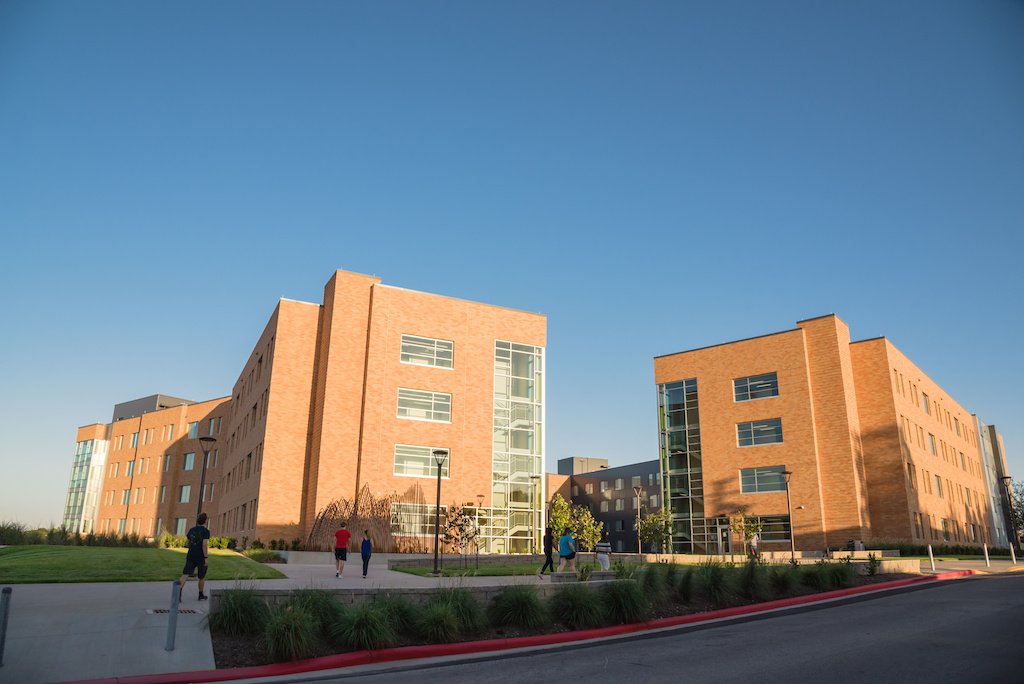In the recent article “Charting a New Normal,” Inside Higher Ed reporter Lilah Burke provided an interesting contrast of the four-year college plans to return to in-person classes as soon as possible versus community colleges that are not planning to do so.
There are a number of explanations given by Ms. Burke for the hesitancy of community colleges to return to in-person classes. One reason is that it is not easy for these colleges to shift from online to in-person or vice versa.
Another reason is that many of their students who live at home, work while going to school, or take care of children may prefer asynchronous online courses versus having to attend in-person classes on campus. Other reasons include having a limited number of large classrooms able to host classes while maintaining social distancing, the difficult of mandating vaccines when the population consists largely of part-time students, and a lack of guidance from state health departments.
Community colleges planning a return to campus are limiting the percentage of classes that are held in person. Based on Ms. Burke’s interviews, it appears that in-person courses in the fall are somewhere between 25 percent and 30 percent of overall courses.
At Northern Essex Community College in Massachusetts, President Lane Glenn said that plans are in place to offer 25 percent of classes in person this fall. If demand is high, additional classes will be added. After two weeks, in-person classes still have openings.
President Glenn also noted that prior to the pandemic, no more than 15 percent of classes were online. At this point, Dr. Glenn can’t imagine less than one-third of all classes being online.
Given that community colleges serve primarily working adult students who work full-time and attend school part-time, I am amazed that it’s taken them this long to realize the benefits of offering a substantial percentage of their classes in an asynchronous, online format. At the same time, the systems that have been established for supporting students who attend in-person classes have to be revamped for students who are enrolled online.
Providing admissions advisors, academic advisors, career counseling, faculty advising, and so on only in person does not work well for online students. In addition, it probably didn’t work well for students attending in person if they could only attend evening or weekend classes.
The good news is that community colleges have recognized how online courses can meet the needs of many of their students. The bad news is that they have to support students studying in two modalities if they increase the percentage of their online students beyond the 10 or 15 percent that studied online pre-pandemic.
I imagine the road will be a little bumpy over the next couple of years, particularly if the Biden plan to provide free community college to all is passed by Congress. Adding fuel to the fire with increased enrollments when you’re trying to build services to support online and in-person students will be tough. This might be a good time to form partnerships with institutions experienced at serving online students.











